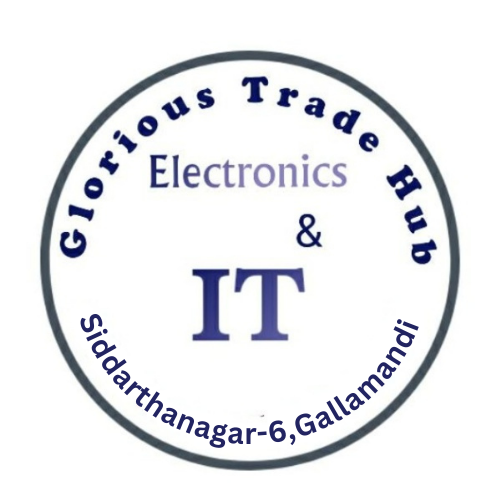The Head-Up Display Market Size is witnessing rapid growth as automotive and aviation industries increasingly adopt advanced display systems to enhance user experience and safety. A Head-Up Display (HUD) projects vital information such as navigation, speed, and alerts directly onto the windshield or visor, allowing drivers and pilots to maintain focus without distraction. The growing demand for augmented reality display systems and driver assistance technologies is propelling the widespread adoption of automotive HUD solutions across both premium and mid-range vehicle segments.
Market Overview and Key Drivers
The evolution of HUD technology has transformed the way information is presented to users. Modern systems combine optical projection, augmented reality, and digital imaging to deliver a highly intuitive driver information display. The integration of AR dashboard systems in vehicles is reshaping how drivers interact with their surroundings—merging real-world visuals with digital overlays for improved situational awareness.
Factors such as rising vehicle automation, increasing focus on road safety, and growing consumer interest in connected car technologies are driving strong demand for HUD installations. Additionally, the development of compact, cost-efficient windshield projection units suitable for electric vehicles and next-generation cars further enhances market growth.
Technological Advancements and Industry Applications
The automotive sector remains the largest contributor to the expansion of HUD technology, with automotive HUD systems becoming a standard feature in many new vehicle models. Augmented reality display integration is enabling real-time hazard detection, lane guidance, and adaptive navigation, offering a seamless and immersive driving experience.
Beyond automotive use, HUDs are also gaining traction in aviation, defense, and wearable technology. The combination of AR dashboard system interfaces and smart projection technologies continues to redefine cockpit and vehicular display standards worldwide.
In related developments, the US Magnetoresistance Sensor Market is seeing strong growth due to the increasing use of advanced sensors in vehicle navigation and detection systems. Similarly, the Canada Wireless Connectivity Market is expanding with the rise of connected devices and communication technologies that complement smart HUD systems, supporting seamless data exchange between vehicles and cloud-based services.
Future Outlook
The future of the Head-Up Display market lies in full integration with autonomous driving ecosystems and smart mobility frameworks. The continuous improvement of optical imaging, augmented visualization, and real-time analytics will further advance HUD capabilities. With automakers focusing on personalized and adaptive display solutions, windshield projection and AR-enabled driver information systems are expected to become integral to the future of transportation.
FAQs
1. What is a Head-Up Display (HUD)?
A Head-Up Display is a transparent projection system that presents key driving or flight information directly within the operator’s line of sight, enhancing safety and situational awareness.
2. Which factors are driving the growth of the HUD market?
The market growth is driven by increased demand for augmented reality displays, automotive HUD integration, and advancements in optical projection technologies.
3. What are the main applications of HUD technology?
HUD technology is primarily used in automotive, aviation, and defense industries, where windshield projection and AR dashboard systems improve information delivery and operational safety.


